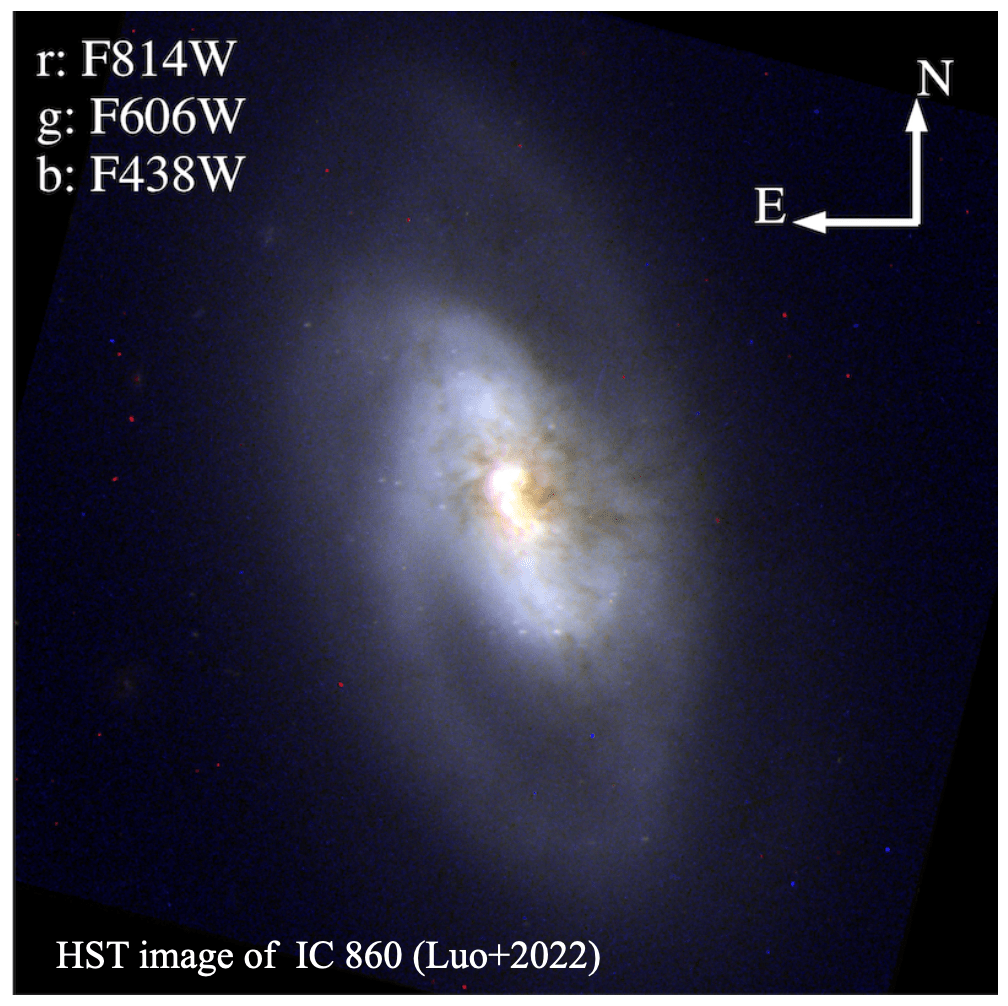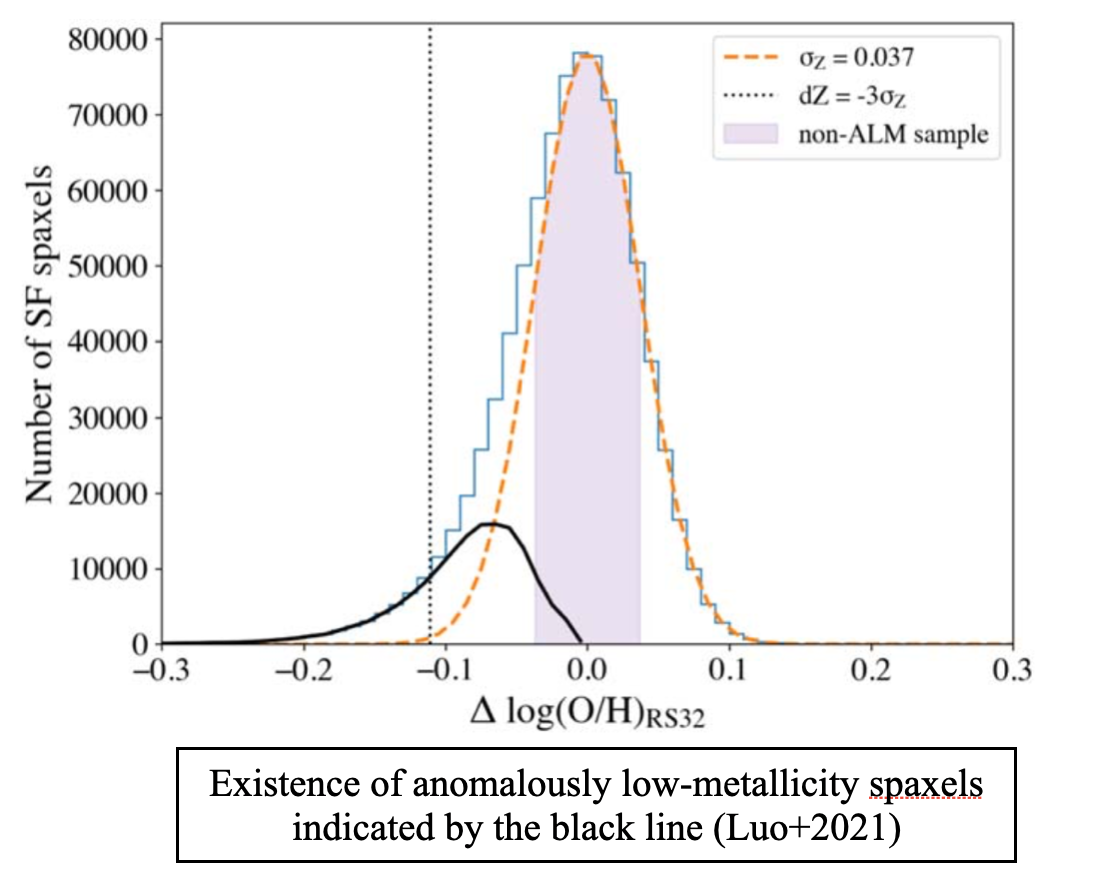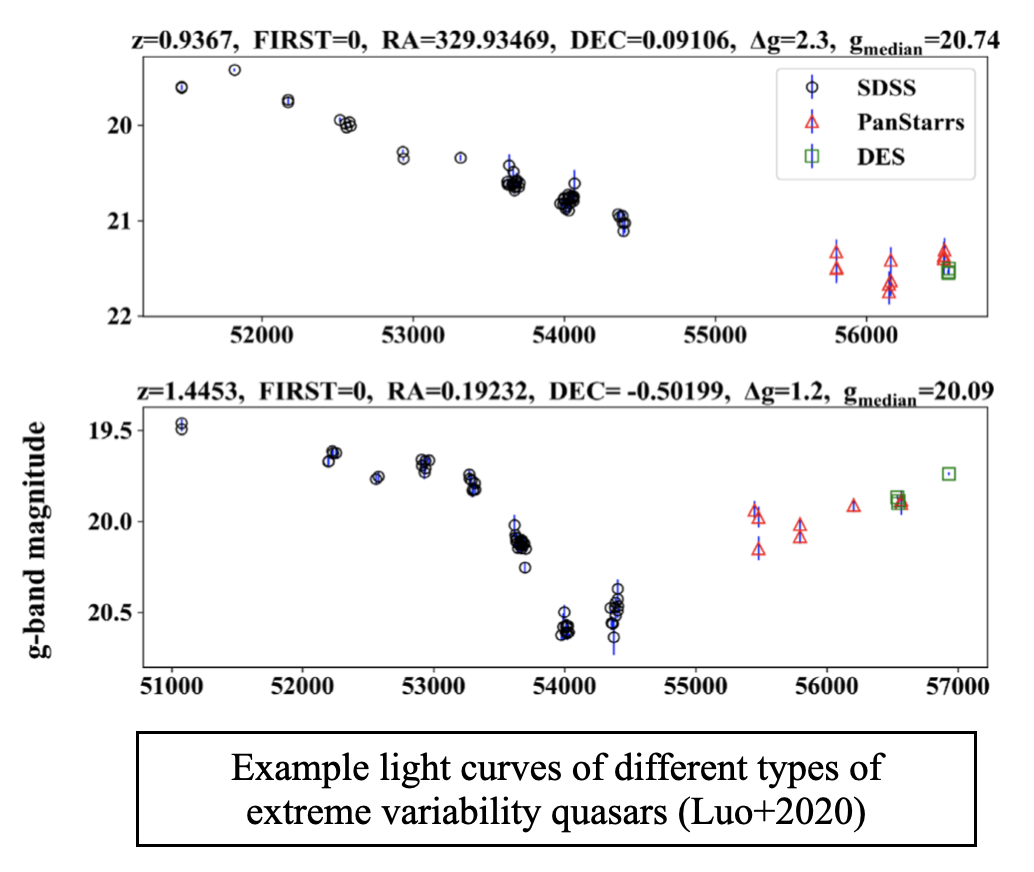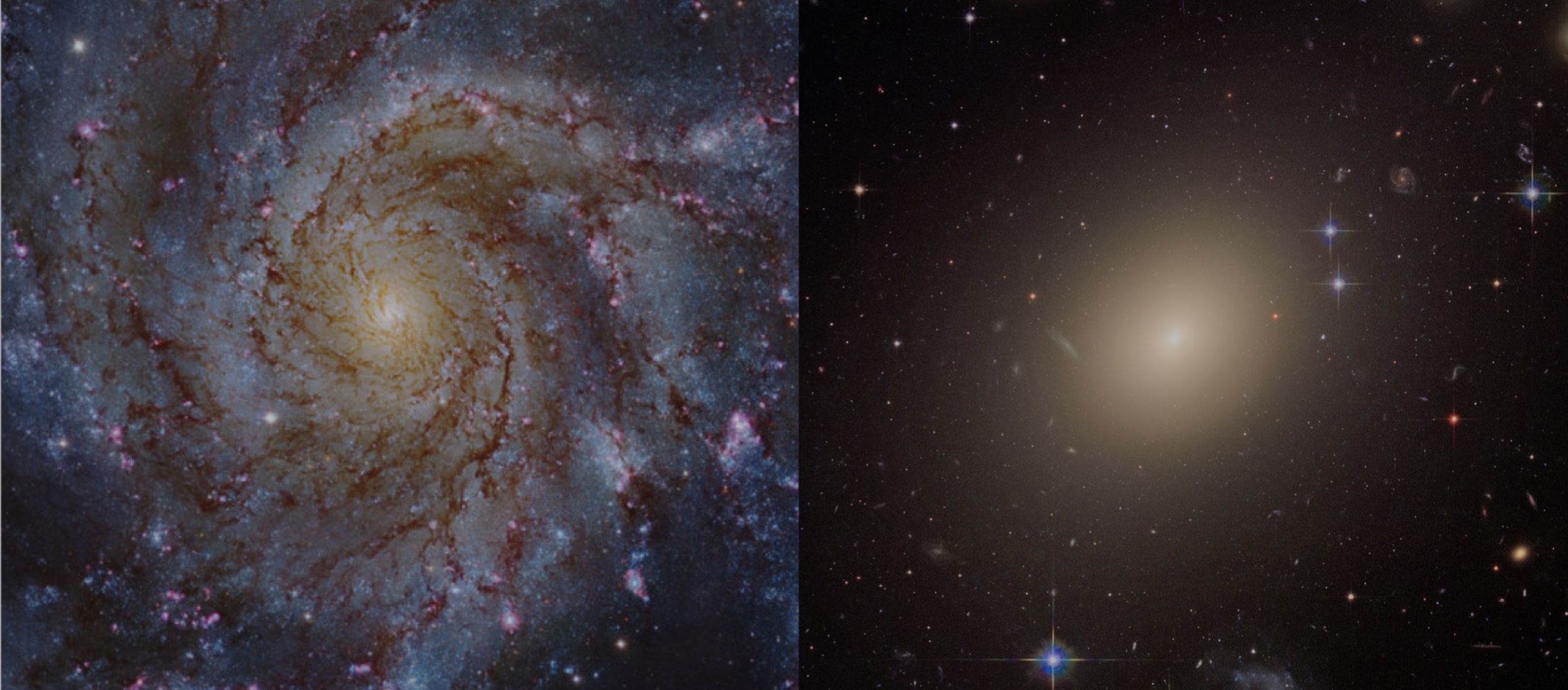I study galaxy evolution, black holes,
and how they affect each other.

Post-starburst Galaxies (PSBs)
It’s been known that galaxies evolve from blue and star-forming to red and quiescent, but there exist much more complications. Post-starburst galaxies represent a special population of galaxies in this transition: they have quenched (significant decline in star formation rates) both recently and rapidly and are ideal laboratories for studying different quenching mechanisms and their timescales.
My recent work includes a case study of a special PSB: IC 860, for which we have exquisite multiwavelength data from X-ray to radio. Our study shows that the timescales for quenching and gas depletion are not necessarily the same and supports the picture where outflows suppress star formation by disturbing rather than expelling the gas reservoir. Read the paper here.

Chemical Abundances of Galaxies
While all models for the evolution of galaxies require the accretion of gas to sustain their growth via on-going star formation, direct kinematic evidence for infalling gas into galaxies (e.g., redshifted interstellar absorption lines) has been scarce. We test the idea that chemical composition of gas in galaxies can provide strong indirect evidence for gas accretion.
Using spatially resolved galaxy data from MaNGA, we identify anomalously low-metallicity spaxels in the disks of star-forming galaxies, and verified that these spaxels have unusually large N/O for a given O/H. This observation shows that accretion of metal-poor gas is responsible for the chemical composition of gas in these spaxels. Read the paper here.

Quasar Variability
Being powerful energy systems in the universe, quasars are highly variable in various aspects. Using repeated SDSS observations in the sky area Stripe 82, we identify ~900 extreme variability quasars whose maximum flux variations is more than 1 magnitude over an observed-frame baseline of ~16 yr.
Despite having different long-term light-curve trends, these quasars have indistinguishable distributions in their quasar properties, such as short-term (seasonal) variability, redshift, BH mass, and Eddington ratio. Our work also suggests that the mechanisms driving the extreme variability operates on time-scales of a few years, and different origins for the short-term variability and the long-term evolution in the optical light curve. Read the paper here.
